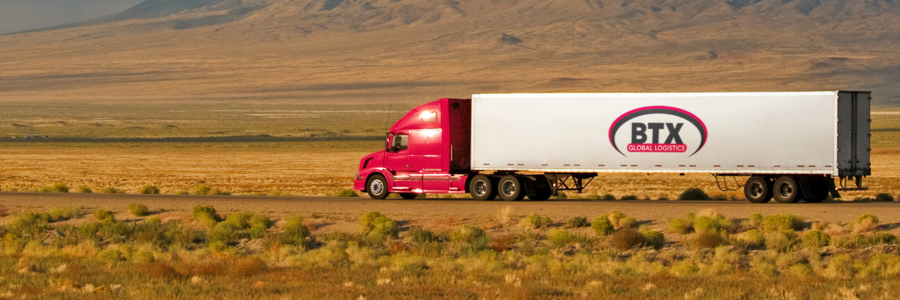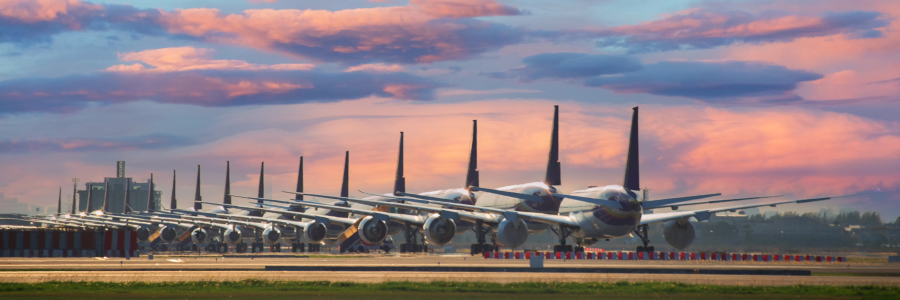 I often hear ocean shipping referred to as being unchanged since the days of the early Phoenicians. I am happy to say I have only witnessed a small sliver of time as it relates to the history of shipping, however a time which has brought about tremendous change nonetheless.
I often hear ocean shipping referred to as being unchanged since the days of the early Phoenicians. I am happy to say I have only witnessed a small sliver of time as it relates to the history of shipping, however a time which has brought about tremendous change nonetheless.
One of my first memories in the industry was the day I climbed aboard the President Truman in Oakland, California, 1988. I was still a midshipman at the California Maritime Academy, but was given an opportunity to tour this new class of vessel.
The sheer size of the world’s largest container ship at the time was amazing to me. At 903 feet long, 129 feet wide and capable of carrying 36,192 tons of cargo, her engines generated 57,000 horsepower which could move the ship through the water at a quick 24 knots.
This was a new day in ocean shipping. This was the first of the Post Panamax container ships, meaning it was too wide to fit through the existing locks of the Panama Canal at the time. Economies of scale and advances in technology were shaping a period of rapid change in the industry.
I have witnessed this change first-hand over the past 25 years. The physical aspects of ocean shipping have seen ship sizes increase dramatically. In 1988 the C10s of APL were the largest in the world with the ability to carry 4,300 TEU (Twenty Foot Equivalent Units). Now we see christenings of ships able to carry 19,000-20,000 TEUs. The Panama and Suez canals have both undergone expansion projects to handle the increasing size and scale of these vessels, as have the marine terminals around the globe. 60 Acre terminals have yielded way to 300 acre terminals. Ocean carriers, who used to own and operate many of the terminals, have divested out of the terminal business and left that to a few global companies specializing in the terminal operations business.
And while a certain nostalgia may have slipped away from the industry, the globalization of our supply chains has reinforced the importance of ocean shipping. Ocean shipping remains the most cost effective way to move cargo on a cost per mile basis. To think I can ship a 40-foot container 7,000 miles across the ocean and pay significantly less than it costs to move a truck 3,000 miles across the States is amazing to me.
Technology has been a driving force behind this progress. Today we take for granted the ability to go online, look up a schedules, find rates, book cargo, tender documents, make payments, transfer documents, track cargo and transfer information to a myriad of different government agencies. Fully automated terminals, rich with technology, are now making an appearance as well.
So what can we expect in the next 25 years? Unmanned, automated ships? Even bigger ships? What about unmanned trucks and trains for transporting goods inland? If the past is anything to go by, the next major game changer is on the ocean’s horizon. No doubt, those early Phoenicians would be amazed.













.png)
